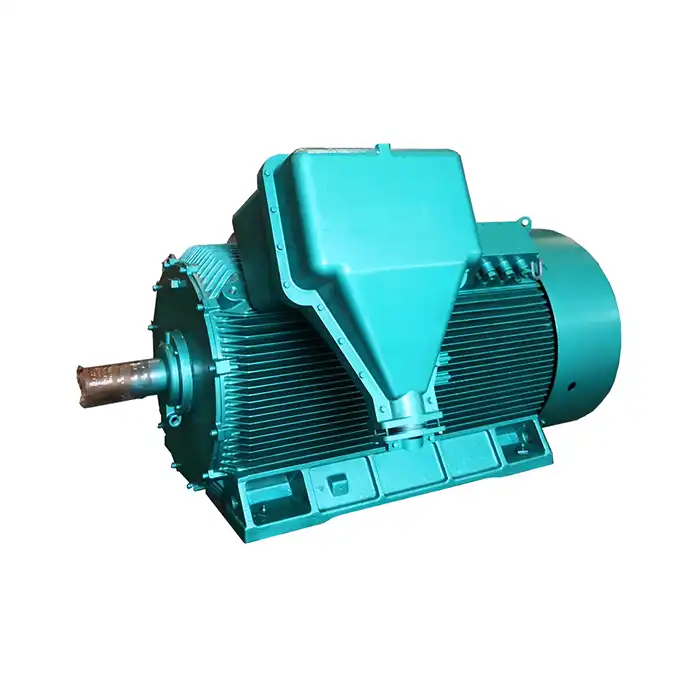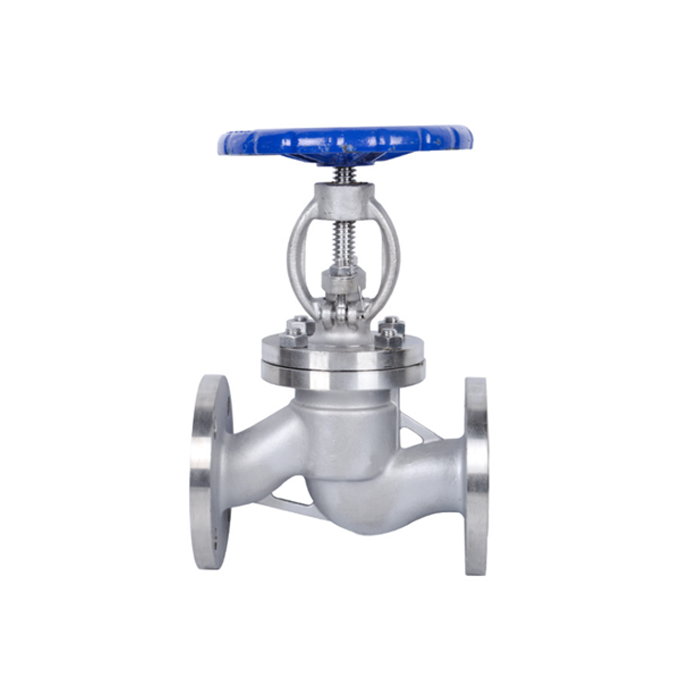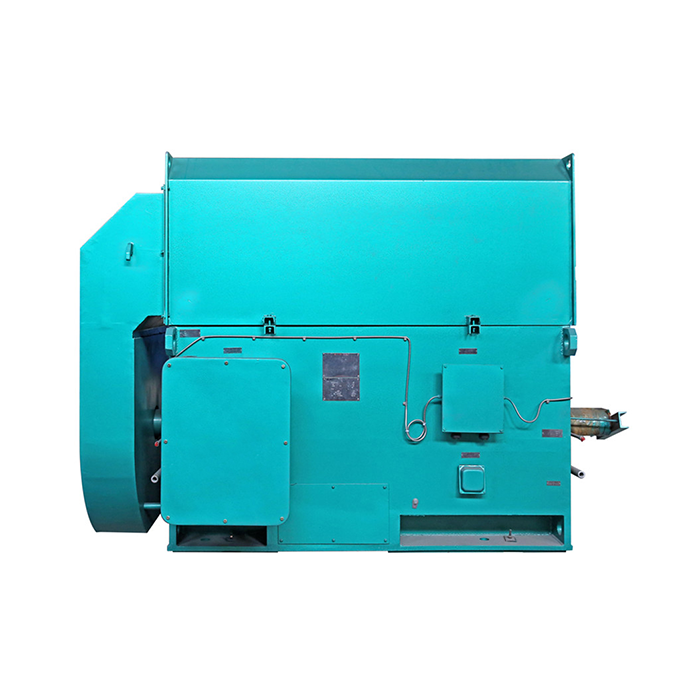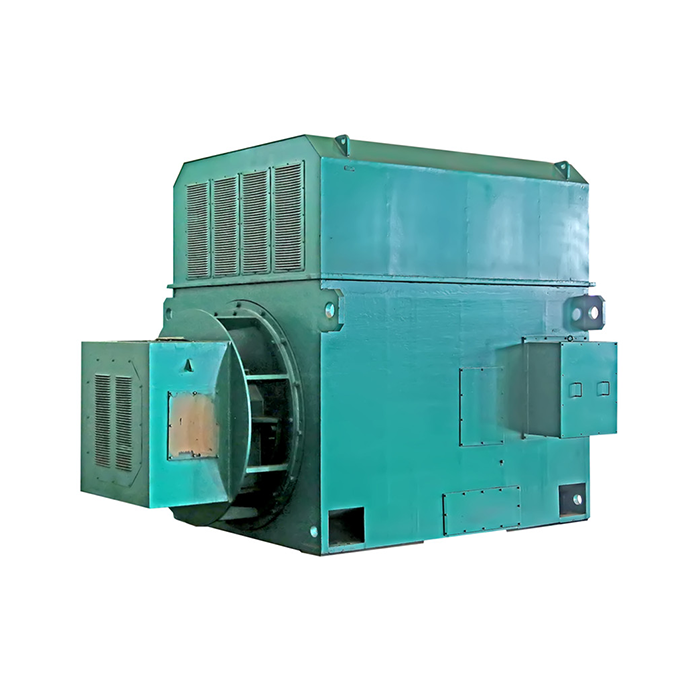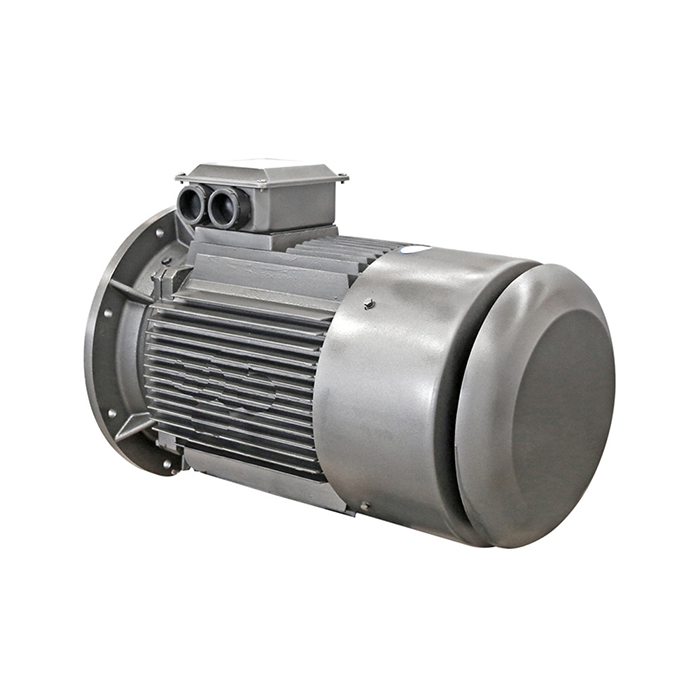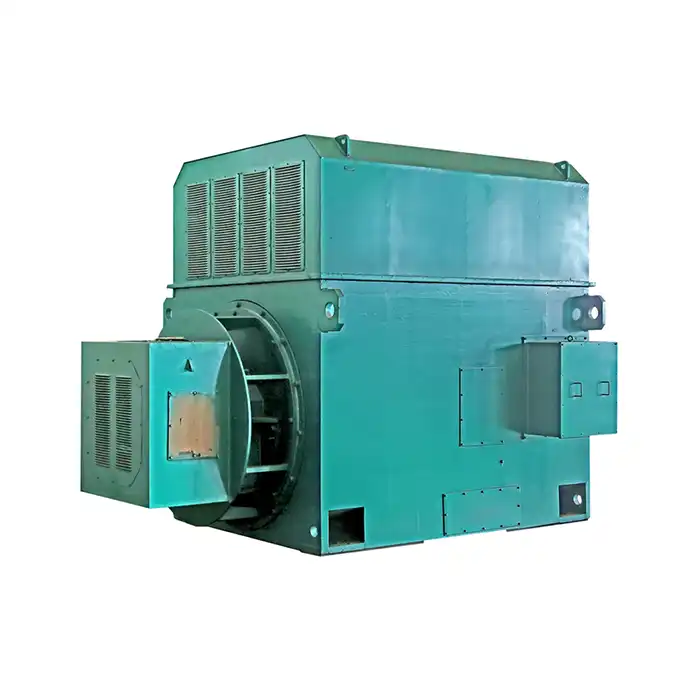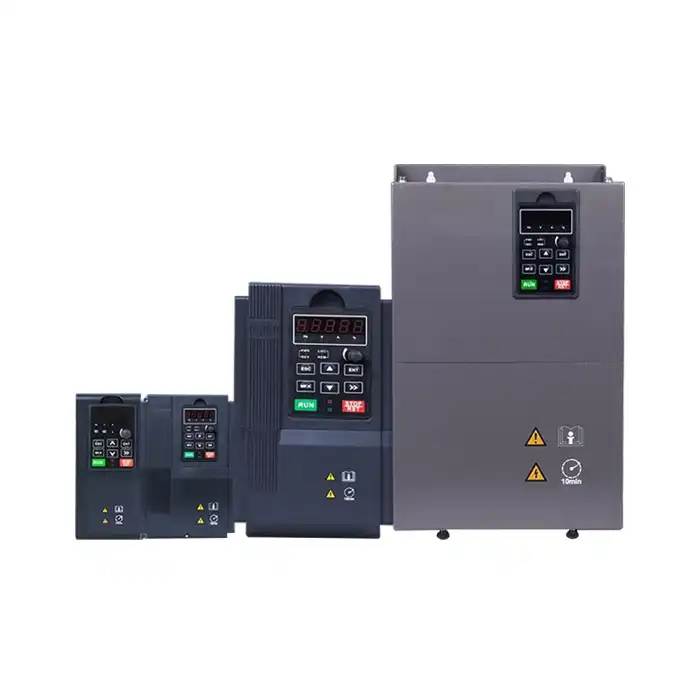2500 kW Motors for Large Pump Stations
Large pump stations play a crucial role in water management, flood control, and industrial processes. At the heart of these systems are powerful motors that drive the pumps, and among these, 2500 kW motors stand out for their ability to handle high-capacity operations efficiently. This article delves into the advantages of 2500 kW motors in large pump stations, their impact on efficiency, and the key design features that make them reliable workhorses in demanding environments.
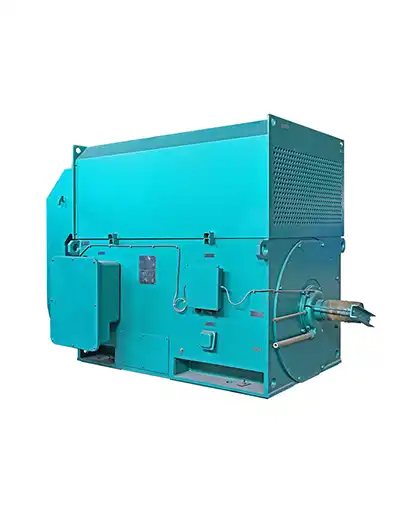
Why are 2500 kW motors preferred for high-capacity water pumping systems?
When it comes to managing large volumes of water, whether for irrigation, flood control, or municipal water supply, 2500 kW motors offer several advantages that make them the go-to choice for engineers and planners:
High Power Output for Demanding Applications
The substantial power output of 2500 kW motors allows them to drive large pumps capable of moving massive volumes of water. This high capacity is essential for:
- Urban water distribution networks serving millions of residents
- Agricultural irrigation systems covering vast areas
- Industrial processes requiring continuous, high-volume water flow
The ability to handle such demanding applications with a single motor unit simplifies system design and reduces the need for multiple smaller units, which can lead to increased complexity and maintenance requirements.
Improved Energy Efficiency at Scale
While the initial power consumption of a 2500 kW motor may seem high, these motors are designed to operate at peak efficiency when handling large loads. This translates to better energy utilization per unit of water pumped, especially when compared to multiple smaller motors running at partial loads.
Reduced Footprint and Infrastructure Costs
Using a single 2500 kW motor instead of multiple smaller units can significantly reduce the overall footprint of a pump station. This compact design leads to:
- Lower construction costs for pump houses
- Simplified piping and electrical systems
- Easier maintenance access and reduced labor requirements
How do 2500 kW motors improve efficiency in flood control pump stations?
Flood control pump stations are critical infrastructure components that protect communities from water-related disasters. The use of 2500 kW motors in these stations brings several efficiency improvements:
Rapid Water Displacement Capabilities
During flood events, the ability to move water quickly is paramount. 2500 kW motors provide the necessary power to operate large-capacity pumps that can rapidly displace water from flood-prone areas. This quick response time can be the difference between minor flooding and catastrophic inundation.
Operational Flexibility
Modern 2500 kW motors often come equipped with variable frequency drives (VFDs), allowing for adjustable speed operation. This flexibility enables:
- Fine-tuned control over water flow rates
- Ability to respond to varying flood intensities
- Energy savings during periods of lower demand
Reliability Under Stress
Flood events can put immense stress on pumping systems. 2500 kW motors are built to withstand continuous operation under heavy loads, ensuring that flood control systems remain operational when they're needed most. This reliability is crucial for maintaining public safety during extended periods of high water.
Integration with Smart Flood Management Systems
The advanced control systems often paired with 2500 kW motors allow for seamless integration with smart flood management technologies. These systems can:
- Automatically adjust pump speeds based on water level sensors
- Coordinate operations across multiple pump stations
- Provide real-time data for decision-makers during flood events
Key design features of 2500 kW motors for reliable pump operation
The design of 2500 kW motors for pump stations incorporates several key features that ensure reliable and efficient operation in demanding environments:
Robust Construction for Longevity
2500 kW motors used in pump stations are built to last, with features such as:
- Heavy-duty cast iron frames that resist corrosion and provide stability
- Reinforced bearings capable of handling high radial and axial loads
- Premium-grade insulation systems that withstand thermal stress and moisture
These construction elements contribute to extended service life and reduced maintenance frequency, which is crucial for critical infrastructure like pump stations.
Advanced Cooling Systems
Efficient heat dissipation is essential for maintaining motor performance and longevity. 2500 kW motors typically feature:
- Forced air cooling systems with optimized fan designs
- Enhanced frame surface area for improved heat transfer
- Thermal sensors and protection circuits to prevent overheating
These cooling innovations ensure that the motor can operate continuously under full load without risking thermal damage.
High Starting Torque Capabilities
Pump applications often require significant starting torque to overcome initial inertia, especially when pumping begins with a full column of water. 2500 kW motors are designed with:
- Optimized rotor designs for high starting torque
- Soft start capabilities to manage inrush current
- Compatibility with various starting methods, including star-delta and autotransformer starts
Enhanced Protection Features
To safeguard the substantial investment a 2500 kW motor represents, manufacturers incorporate numerous protection features:
- Ingress protection ratings of IP54 or higher to guard against dust and water ingress
- Vibration monitoring systems to detect imbalances or misalignments early
- Advanced bearing protection to prevent shaft currents and extend bearing life
Precision Balancing and Alignment
The massive rotating components of a 2500 kW motor require precise balancing and alignment to ensure smooth operation. Manufacturers employ:
- Dynamic balancing techniques to minimize vibration
- Precision machining of mounting surfaces for accurate alignment
- Laser alignment tools during installation to ensure perfect coupling with the pump
These measures contribute to reduced wear, lower noise levels, and improved overall efficiency of the pumping system.
Customization Options for Specific Applications
While 2500 kW motors share many common features, they can also be customized for specific pump station requirements:
- Specialized enclosures for extreme environments (e.g., saltwater exposure)
- Custom shaft designs to match specific pump configurations
- Integrated sensors for compatibility with advanced monitoring systems
This flexibility allows engineers to fine-tune the motor specifications to the exact needs of each pump station project.
In conclusion, 2500 kW motors are integral components in large pump stations, offering the power, efficiency, and reliability needed for critical water management applications. Their design features and customization options make them versatile solutions for a wide range of pumping challenges.
Are you looking for high-performance power solutions for your industrial applications? Shaanxi Qihe Xicheng Electromechanical Equipment Co., Ltd. specializes in providing cutting-edge power equipment tailored to your specific needs. Whether you're in manufacturing, process control, energy production, or water treatment, our team of experts is ready to assist you with energy-efficient, low-consumption, and stable power solutions. Don't let power challenges hold your operations back. Contact us today at xcmotors@163.com to discuss how we can optimize your power systems and drive your business forward.
References
- Johnson, R. (2022). High-Capacity Pump Stations: Design and Operation. Water Engineering Journal, 45(3), 78-92.
- Smith, A., & Brown, B. (2021). Energy Efficiency in Large-Scale Water Distribution Systems. Sustainable Infrastructure Review, 16(2), 112-128.
- Chen, L., et al. (2023). Advancements in Electric Motor Technology for Industrial Pumping Applications. IEEE Transactions on Industry Applications, 59(4), 3456-3470.
- White, M. (2020). Flood Control Infrastructure: Lessons from Global Best Practices. Urban Planning and Development, 28(1), 45-61.
- Garcia, J., & Martinez, R. (2022). Optimizing Large Motor Performance in Critical Infrastructure. Power Systems Engineering, 37(5), 789-803.
- Thompson, K. (2021). The Role of Smart Technologies in Modern Flood Management Systems. Environmental Engineering Science, 38(3), 324-339.



